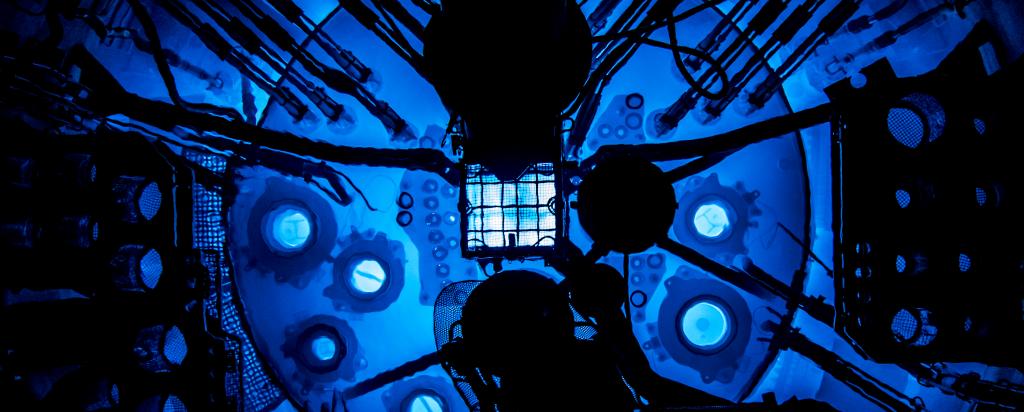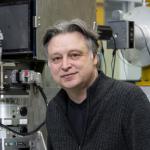
Role at ANSTO
Clemens Ulrich started his scientific research with Raman Light Scattering in semiconductors under high hydrostatic pressure in 1994 at the Max-Planck institute for solid state research in Stuttgart, where he performed his PhD thesis in the group of M. Cardona.
The main topics of his research in the last 10 years were strongly correlated electron systems like unconventional superconductors or transition metal oxides. Of special interest were the effects of spin, charge, and orbital correlations in 3-dimensional perovskite systems with partly occupied 3d-electronic levels. The used experimental techniques were inelastic neutron scattering, Raman lights scattering, and resonant inelastic x-ray scattering (ESRF/Grenoble and PSI/Switzerland).
The combination of these complementary techniques allowed to yield a detailed insight in the physics behind strongly correlated electron systems.
Clemens was the group leader of the Raman laboratories at the Max-Planck Institute in Stuttgart. He was involved in inelastic neutron scattering experiments (triple-axis-spectrometers and time-of-flight spectrometers). In order to determine the crystallographic and magnetic structure Clemens has also carried out neutron and synchrotron x-ray diffraction experiments in close collaboration with Dr. M. Reehuis at the Hahn-Meitner Institute in Berlin and Dr. P. Pattison at the ESRF in Grenoble.
Clemens has more than 55 refereed publications in high-impact journals in magnetism, strongly correlated electron materials and condensed matter physics. His Hirsch index is 17.
Clemens joined ANSTO in April 2009 in a joint position with the University of New South Wales in Sydney. He will perform neutron scattering experiments at the OPAL research reactor at ANSTO and Raman light scattering experiments at the UNSW in Sydney.
